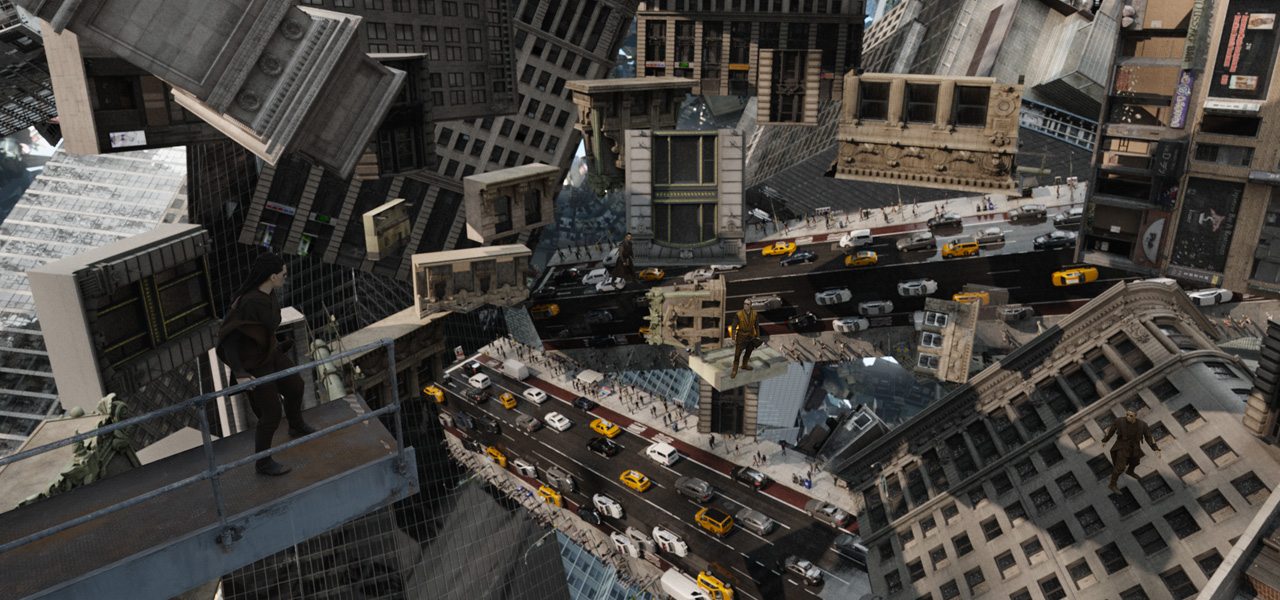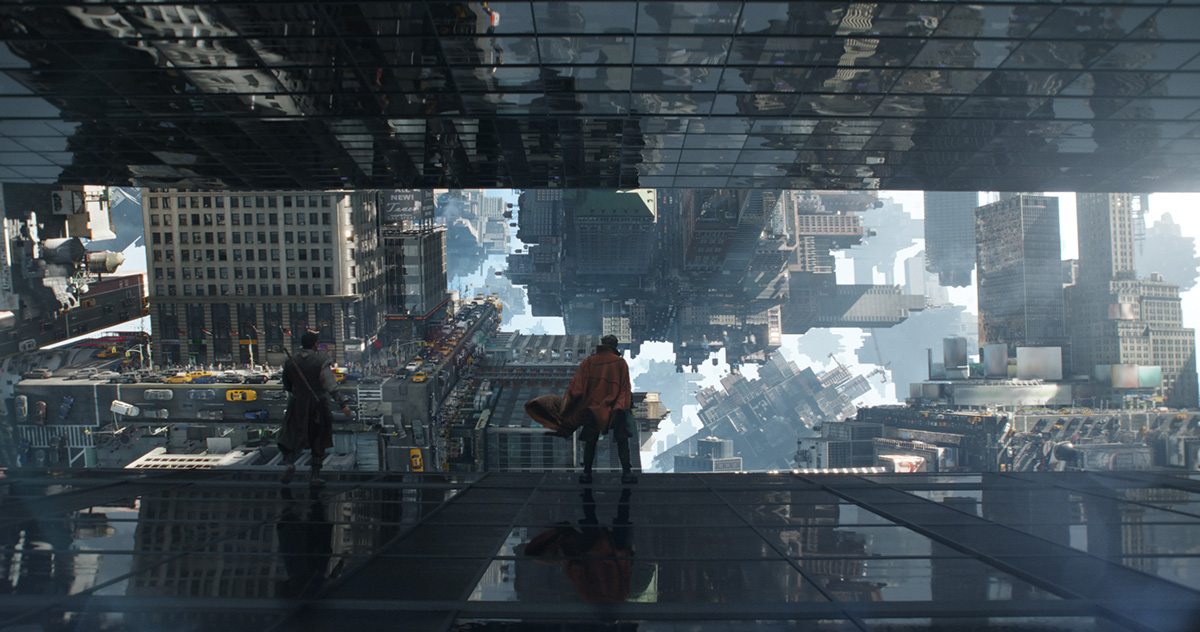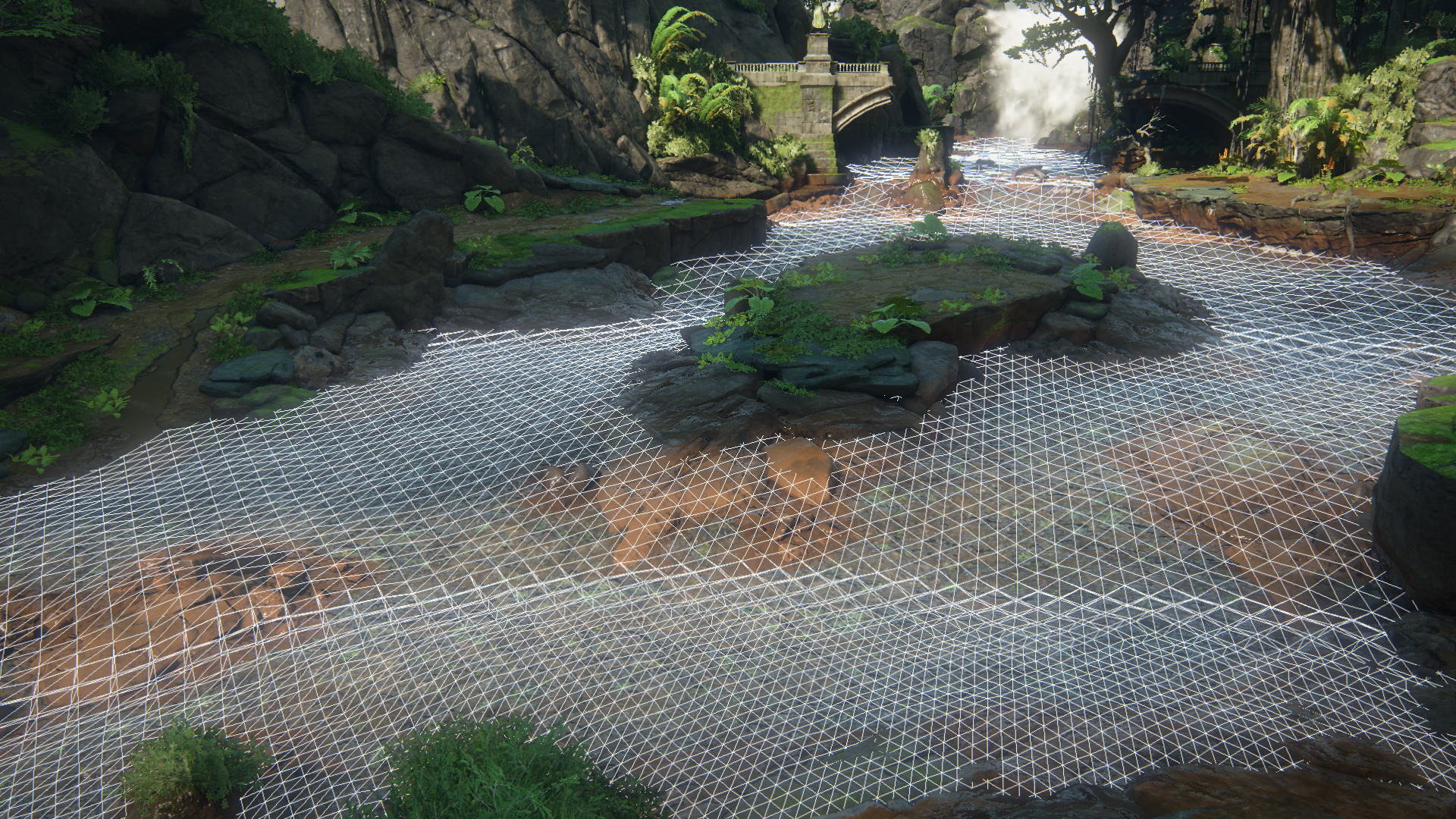Yes, but 40 GB/s??They both matter. The greater utility of big bandwidth isn't only realized at max throughput.
In other words, low cycle latency doesn’t mean much if you have a thin pipe with a lot data to move. You can have a device where a single request performed in isolation may be outstanding but in a sea of data requests, latency may be poor because the device lacks the bandwidth to feed its computational needs.
For what engines? Is that a perfect streaming engine, or the modern sort? For comparison, Trials had perfect streaming off HDD, every single element of the game could be put into one level.I need to find the article or blog post again but I think on Direct Storage side, they did some test and they think PCOE 4.0 is not enough. They need PCIE 5.0 SSD and it will be enough for the foreseeable future.
But this is going too OT intoa software architecture debate. Presently, the software state is what it is and isn't changing in a big way any time soon. SSDs and compression are going to get faster and faster. Lots of big numbers to post here and oggle over and get excited when they get bigger and bigger.






 It's obviously completely logical to buy a better display to speed-up load times!
It's obviously completely logical to buy a better display to speed-up load times!